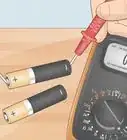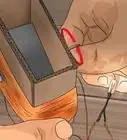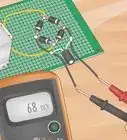This article was co-authored by Ralph Childers. Ralph Childers is a master electrician based in the Portland, Oregon area with over 30 years of conducting and teaching electrical work. Ralph received his B.S. in Electrical Engineering from the University of Louisiana at Lafayette and holds an Oregon Journeyman Electrical License as well as electrician licenses in Louisiana and Texas.
This article has been viewed 113,140 times.
Junction boxes protect electrical wires from damage, prevent shocks, and stop sparks from igniting flammable material nearby. To install one, you’ll need to strip the ends off all the wires that will be in the box. To complete the electrical circuit, tie together the same-colored wires and hold them in place with wire nuts. Be sure to take the proper precautions so your home can be safely supplied with electricity for many years.
Things You Should Know
- Use the designated holes or brackets on the junction box to mount and secure the box to the wall.
- Use wire strippers to strip 3⁄4 inch (19 mm) of casing insulation off the end of every wire going into the junction box.
- Twist the exposed ends of the same-colored wires together with a pair pf pliers. Use a wire nut to connect multiple wires.
- Push all the wires into the box before sealing it. Then, turn on the power and give your electrical system a test run.
Steps
Taking Safety Precautions
-
1Wear protective gear. To reduce the risk of accidents, wear a pair of rubber gloves. A pair of eye goggles can also prevent stray wire fragments from getting in your eyes.
-
2Select the right junction box for the location. If the area the junction box will be located is exposed to moisture, be sure to choose a junction box designed for that purpose. Similarly, if the junction box will be exposed to fumes, such as in a paint shop, choose a junction box formulated for that type of usage.
- To find the right size junction box in cubic inches, count the number of wires entering the junction box. Multiply the total by 2 when working with 14-gauge wire or by 2.25 when working with 12-gauge wire. Then, select the largest ground wire and add 2 if it is a 14-gauge wire to 2.25 if it is a 12-gauge wire.
- Choose a junction box with conductor fill volume (which is the number of conductors allowed in a junction box) higher or equal to the number of wires (after multiplying them by 2 and adding in the ground wire) entering the junction box. It’s best to choose a fill volume higher than the number of wires you have to ensure there will be enough room.[1]
- Stuffing a junction box with wires can lead to fires. All of the wires should have plenty of space to fit cleanly inside the box. When in doubt, always go with a bigger size.
Advertisement -
3Turn off the main power. When working with a wire that’s already attached to an electrical circuit, turn off the power supply to prevent accidents. Find the main electrical panel in your home. It’ll typically be in the basement or on the lowest floor. Flip the main circuit breaker or unscrew the fuse to turn off all power in your home.
- You may also turn off power only to the room you’ll be working in. If you do turn off power to your entire home, be sure that your electronics and appliances won’t be negatively affected.
- You don’t need to contact the electrical company to install the junction box, but they can help you shut off the power supply.
-
4Test that the circuit has no power with a voltmeter. Stay safe by checking the wire to see if it’s carrying a current. Get a voltage tester and touch its probes to the wires. If the readout doesn’t stay at 0 (zero), the wire has an electrical current and it’s unsafe to work with. You’ll need to return to the circuit breaker or fuse box to shut off the power completely.[2]
- Make sure you know how to use a voltmeter properly to prevent hazards. If the meter isn’t set correctly, it could damage the junction box or cause serious injury.
- Don’t use a current meter to check the circuit. It will give a reading of 0 amps when there aren’t any devices connected to it, but the circuit will still have at least 120 volts running through it.
Setting up the Box and Wires
-
1Mount the junction box on the wall. Always use the designated holes or brackets on the junction box to secure it to the wall. Many junction boxes come packaged with the proper fasteners. They can be screwed onto wall studs or ceiling joists. You may also attach them to adjustable brackets placed between studs or joists.[3]
- For drywall, you can cut out a spot for the box and hold it in place with built-in clamps or Madison clips. The box should be flush with the wall
- For brick or concrete, attach it with masonry anchors.
-
2Pull the cables into the junction box. Most junction boxes have holes in their sides, called “knock outs.” Run each cable through one of the holes and attach them to the box with Romex or cable connectors. All of the cables should enter through different holes and only touch inside the box.[4]
- If you use a metal connector to attach armored cables, you must also use a plastic bushing to protect the conductors utilized by the connector. Armored cable tends to be used in commercial wiring rather than residential homes.
- If you have a metal junction box, look for circles outlined on the box’s sides. Hammer these out to create openings for the cables. If you accidentally create too many openings, seal the ones you won’t use with a knock out seal, as there must not be unused openings in an electrical box.
- If the box has breakaway plastic tabs (most often found on boxes that will be nailed to the surface), push the tabs out by hand or with a screwdriver.
- Fasten the cable using a wire staple within 12 inches (30 cm) of the box to secure it.
- For junction boxes installed on the ceiling, run the cable from the ceiling down into the box.
-
3Strip the wires with wire strippers. Start with one wire and strip off 3⁄4 inch (19 mm) of casing insulation at the end. You’ll need to do this for every wire going into the junction box. If you’re running composite cables into the box, strip off the cable’s outer sheathing casing and then strip the individual wires that were inside it.[5]
- When stripping a Romex cable, for example, you’ll notice 3 differently-colored wires.
- The wires must be the same size. The AWG (wire gauge) size will be printed on the outer sheathing. If the wires are new, find the gauge number on the packaging. Mismatched wires lead to fires.
-
4Strip down a ground wire. You’ll need 6–8 inches (150–200 mm) of green or bare wire for your ground. Strip 3⁄4 inch (19 mm) off one end of the wire. This wire, also called a pigtail wire, is only needed if you are using any metal junction box as well as if you are connecting 3 or more wires. These wires also have to be the same size as the others you’re connecting.
- If you are using a metal junction box, you need a scrap ground wire. The casing of these wires is green or copper-colored.
- When connecting three or more same-colored wires, get scrap wire for each color.
Connecting and Sealing the Wires
-
1Twist together same-colored wires. Creating the electrical circuit is a matter of color-matching. Look at the wire’s protective insulation to see what color the wire is. Gather the black wires, for instance, and hold the exposed ends side by side. Use a pair of lineman pliers to twist them clockwise until they have a solid connection with one another.[6]
- Some junction boxes have terminals. All you have to do is plug the wire ends into the terminals, then screw wire nuts over them.
- Don’t twist the wires too much or else they could break.
-
2Use a wire nut to connect multiple wires. When attempting to connect 2 or more wires, use the proper size wire nut. They look like caps and twist in place over the exposed part of the wires. Strip off about 7⁄8 inch (2.2 cm) of the outer sheathing on each wire, then use lineman pliers to twist the wires together. Finally, insert them into a wire nut and tug on the wires to make sure they are solidly connected. Tape the wire nut in place with electrical tape for additional security.[7]
- The color of the wire nut determines its size and how many wires can fit inside of it. For example, a red wire nut holds a minimum of two 14-gauge wires up to a maximum of four 12-gauge wires.
-
3Install the ground wire into a metal junction box. Connecting all the wires leaves you with one loose wire. This wire should be either green or copper-colored. Locate the ground screw inside the junction box, which must be machine threaded and green in color. Attach the ground wire to a metal junction box by wrapping the ground conductor around the screw the same direction the screw tightens.
- This is only necessary when using a metal junction box.
-
4Push all the wires into the box before sealing it. Be gentle to avoid damaging the wires. Set them inside the box so they don’t stick out. The box’s cover should lay flat. It’ll most likely have screws you can tighten to seal it in place. When finished, turn on the power and give your electrical system a test run.
Things You’ll Need
- Junction box
- Current/voltage tester
- Screwdriver
- Hammer
- Pliers
- Wood screws
- Brackets
- Wire strippers
- Scrap wire
- Wire nuts
Warnings
- Many house fires originate from poorly made-up junction boxes. It’s best to hire a qualified electrician to install a junction box.⧼thumbs_response⧽
References
- ↑ https://www.familyhandyman.com/electrical/top-10-electrical-mistakes/view-all/
- ↑ https://www.bobvila.com/articles/how-to-use-a-multimeter/
- ↑ https://www.familyhandyman.com/electrical/wiring-outlets/how-to-add-an-outdoor-outlet/view-all/
- ↑ http://www.homeadditionplus.com/dev/electrical/how-to-install-electrical-junction-box/
- ↑ http://www.homeadditionplus.com/dev/electrical/how-to-install-electrical-junction-box/
- ↑ https://www.youtube.com/watch?v=o-xf6KooHl0&feature=youtu.be&t=40
- ↑ http://www.buildingmoxie.com/how-to-install-a-wire-nut/
About This Article
A junction box protects electrical wires from damage, and you can install one if you have some electrical experience. Always wear rubber gloves and eye goggles as you work to prevent accidents. You’ll first need to turn off the main power and test the voltage of the circuit to make sure there’s no electricity running through it. Once it’s safe, you’ll need to screw the junction box onto the wall, pull the cables into the box, and strip the ends of the wires with wire strippers. Then, you’ll need to connect wires of the same color with a wire nut. Once they’re connected, you’ll need to install a stripped ground wire into a metal junction and seal the rest of the wires into their box. To learn how to properly strip wires, read more from our Electrician co-author!

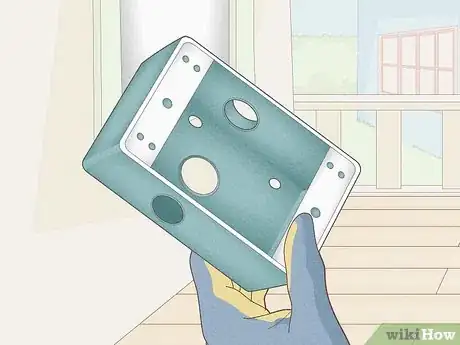
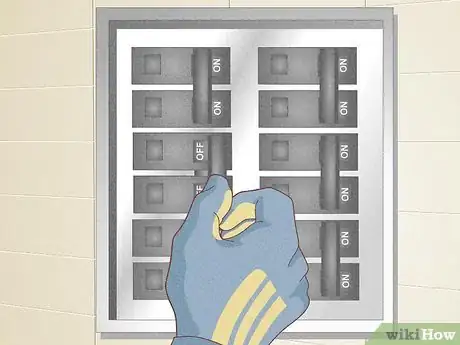

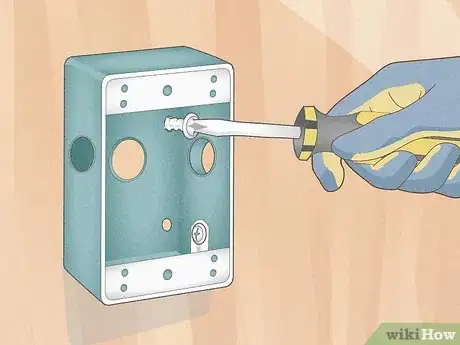
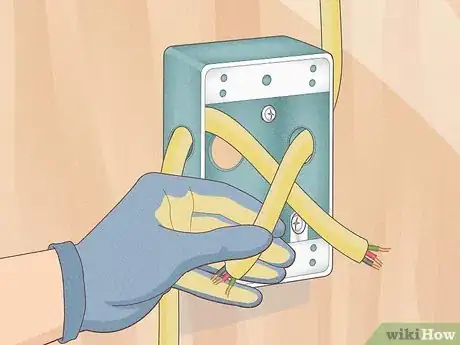
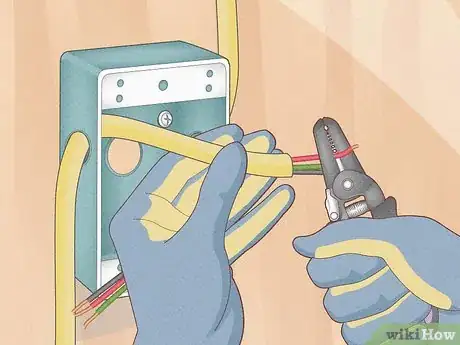
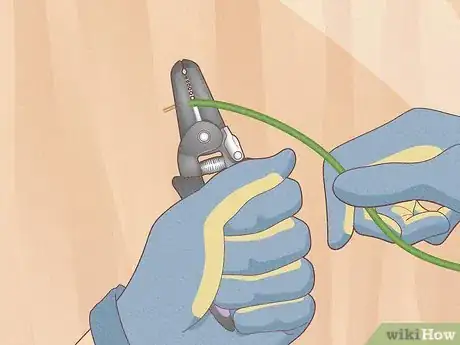
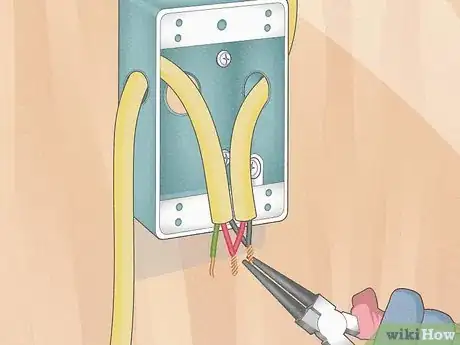
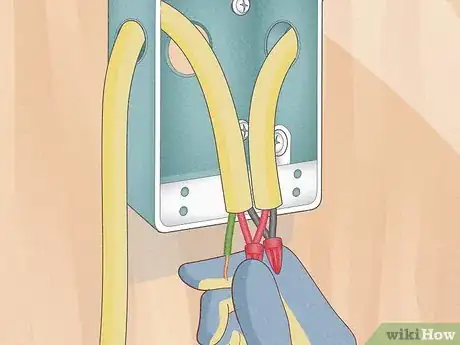

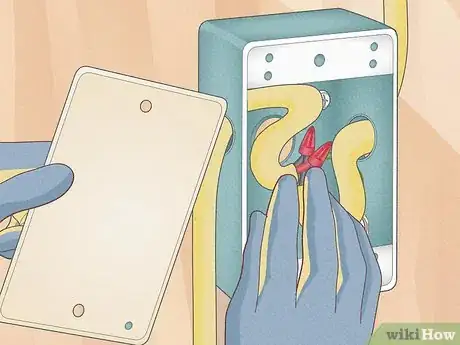

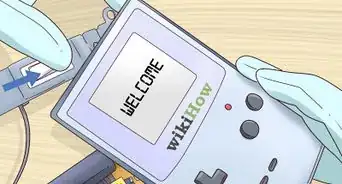
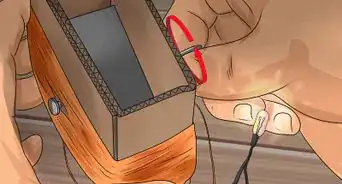
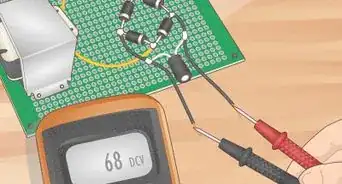

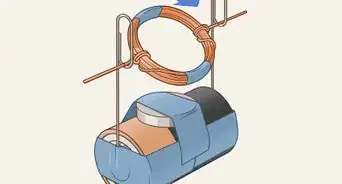


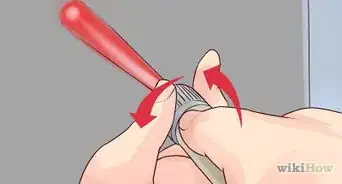
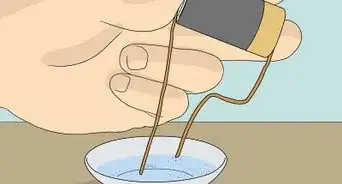
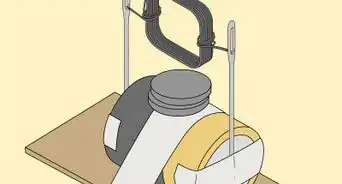
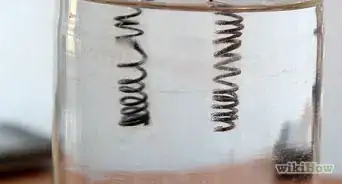
.webp)








